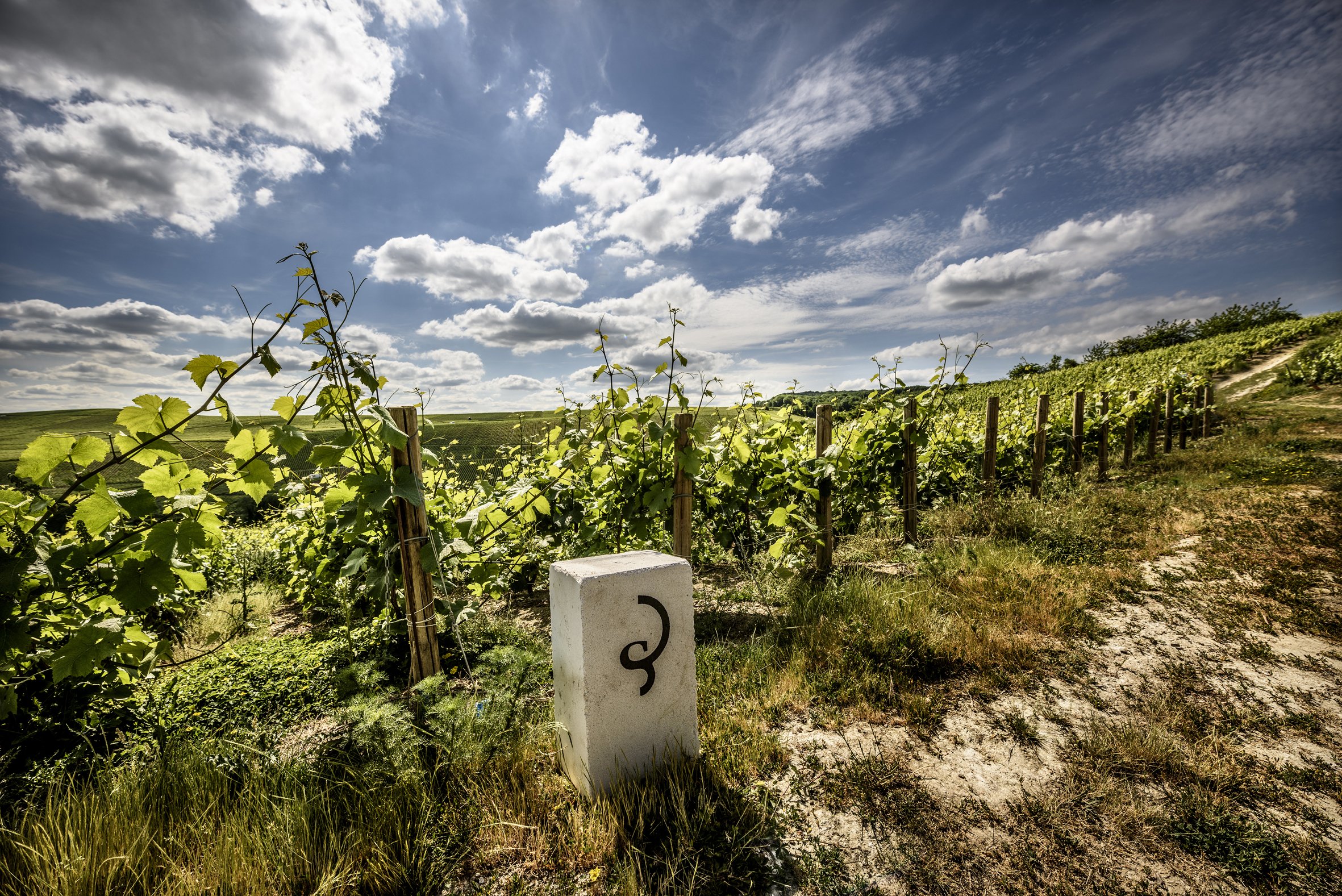
Billecart-Salmon
Represented by Mathieu Roland-Billecart
The Billecart family has lived in the village of Mareuil-sur-Aÿ since the 16th century, and their famous Champagne house was founded in 1818, the product of a marriage between Nicolas François Billecart and Elisabeth Salmon. A lawyer by trade, Billecart decided to take over the family’s wine estate, adding to the house’s holdings the Salmon family’s vineyards in Chouilly, in the Côte des Blancs. The house prospered through the 19th century, and like many others, they counted Russia as a principal market for their Champagnes. Today, Billecart-Salmon is managed by François and Antoine Roland-Billecart, who represent the seventh generation of their family to take charge of the house, and the cellars are in the hands of Chef de Cave François Domi.
Billecart-Salmon owns a total of 15 hectares of vines: seven hectares in Damery, in the Vallée de la Marne; four hectares in the Côte des Blancs, divided between Chouilly, Avize and Le Mesnil-sur-Oger; and four hectares in Aÿ and Mareuil-sur-Aÿ. An additional 50 hectares across the region are rented, and the house purchases the equivalent of 100 hectares of grapes from other sources. To manage the grapes from the vineyards that the house owns or rents, there are presshouses in four locations: Mareuil-sur-Aÿ, Mailly, Le Mesnil-sur-Oger and Damery.
The house remains staunchly conservative in its philosophy of harvesting. “What we want to achieve in terms of quality is not just ripeness,” says Antoine Roland-Billecart. “We also look for a good acid structure, as acidity in Champagne is the best preservative. We’re not looking for alcohol, especially in the Billecart-Salmon style, which is more delicate and elegant.” While there is a growing trend in Champagne to pick later, at higher levels of maturity, Roland-Billecart prefers picking earlier to conserve acidity. “The best alcohol level for Champagne is ten degrees,” he says. “Even at 9.5 it’s good, because you keep the acidity.”
As of 2001, Billecart-Salmon has built a new winery in Mareuil-sur-Aÿ, employing the latest, state-of-the-art equipment. “To create our style,” says Roland-Billecart, “we work with very high-tech, modern materials to respect the vinification. This is technically the best winery in Champagne.” The house is renowned for its practice of “double cold settling”, which they initiated in 1952: first, the juice is pressed and put into tank for 12 hours to settle the must. After a racking to remove the solids, the must is then cooled to 2°C for 48 hours to clarify it further, eliminating wild yeasts and other heavy elements without the use of enzymes, filtering or centrifuging. After another racking and the addition of dried yeasts, the fermentations are long and slow, performed at 11 to 13°C in order to preserve the fruit aromas. Roland-Billecart notes that this cool fermentation is particularly important for meunier: “Most people burn off the fruit in fermentation and then complain that meunier isn’t a good grape, which is bullshit,” he says. The fermentations generally take about five weeks to complete, after which the wines are left on their fine lees, with a bâtonnage every two weeks for the next four to five months. Malolactic may or may not occur, although in some cases it may be blocked if the vintage conditions warrant it. An exception is made for the wines that are fermented in barrel, which the house has been working with since 1987—all wines fermented in barrel are made without malolactic.
Information courtesy of Peter Liem's ChampagneGuide.net ©

